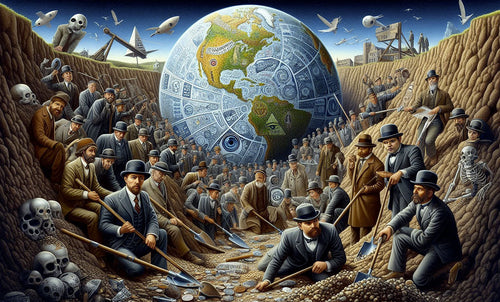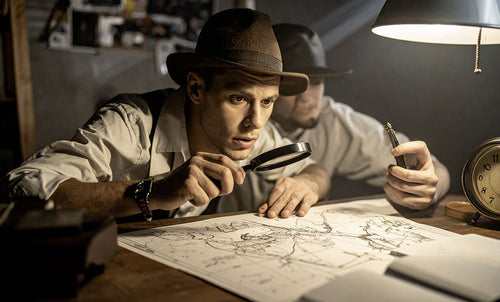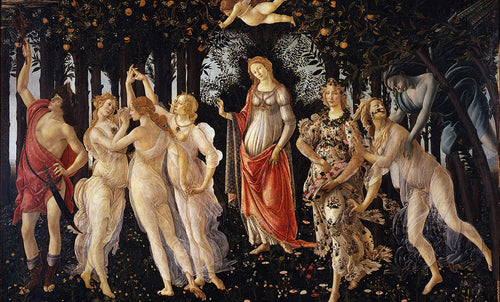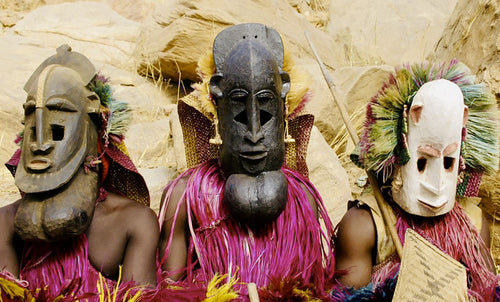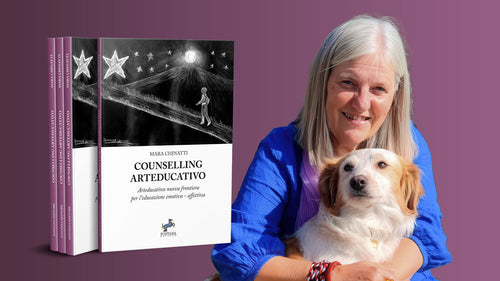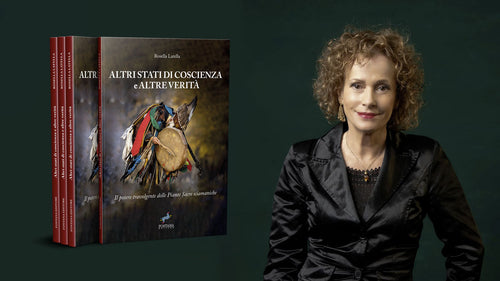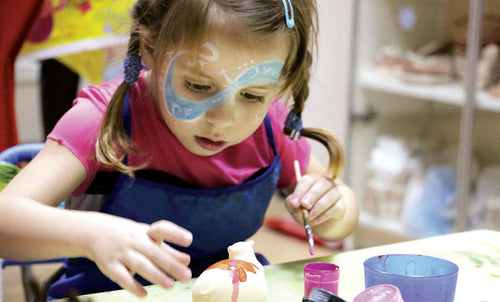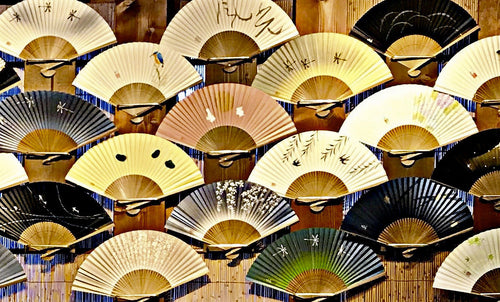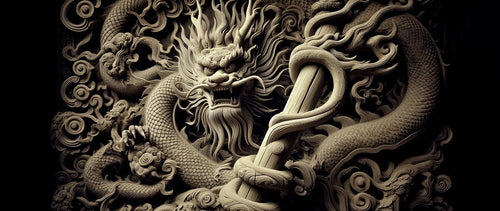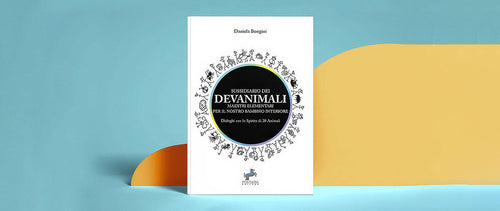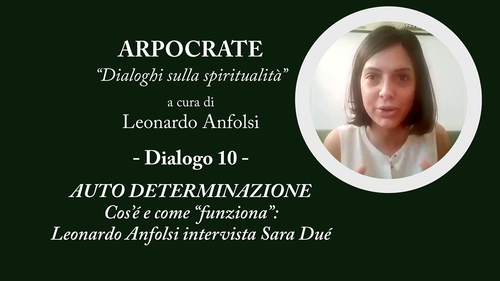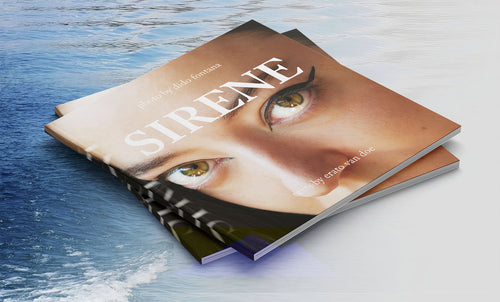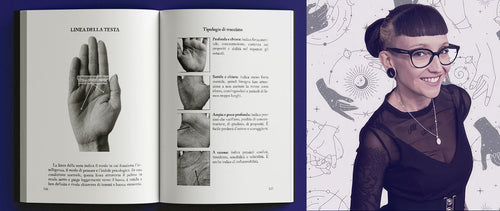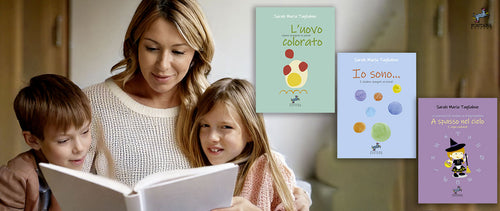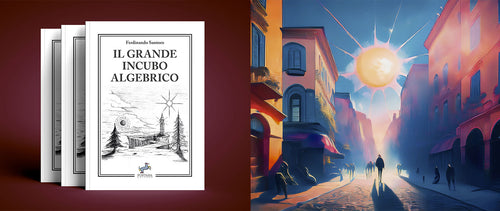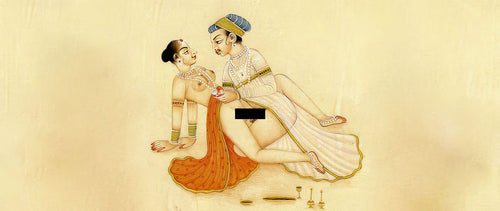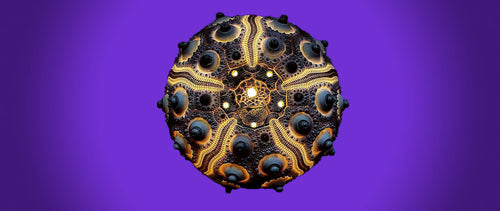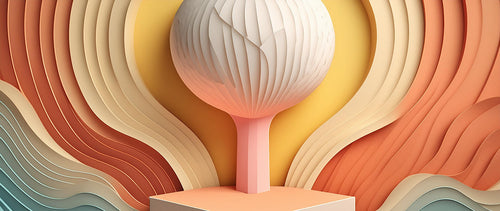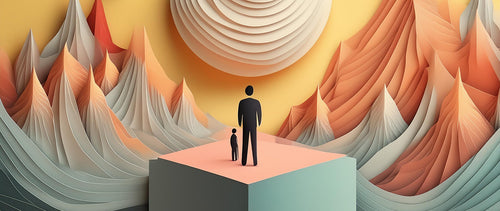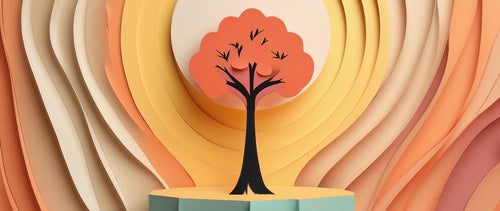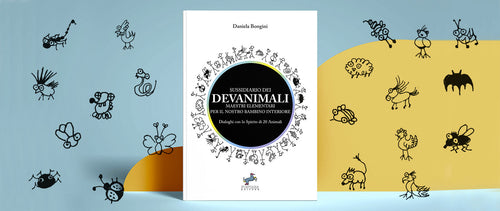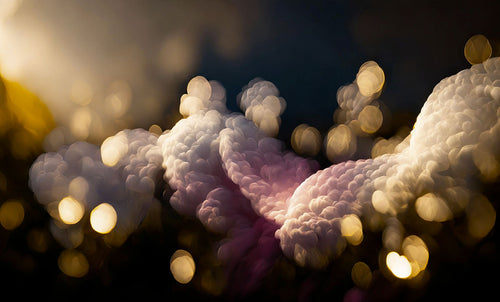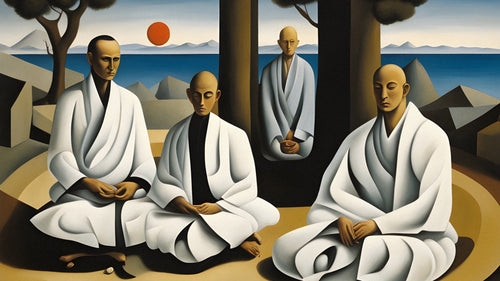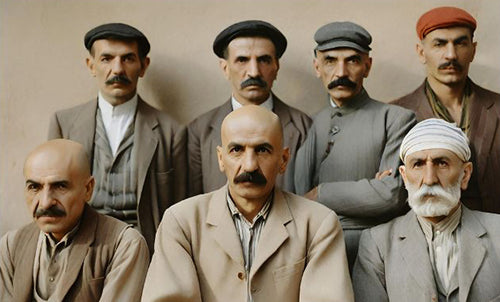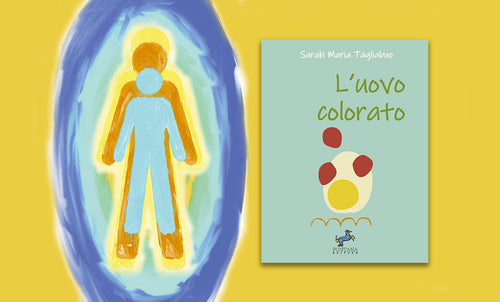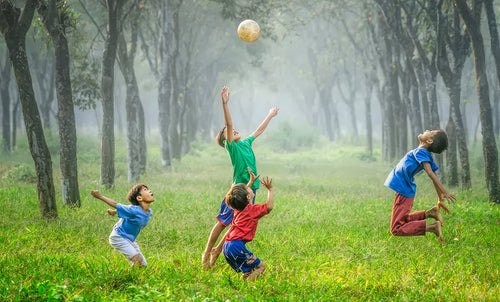
How to make your crucibles with clay
Licia RossiLet’s be clear: and specify that “ceramic” is any non-metallic material with plastic qualities, therefore subject to refinement over time, in fact today we have even ceramic knives, crucibles with clay and this material is used to cover the space shuttles.
The porcelain is a type of ceramic obtained from a mixture of kaolin and, feldspar elements, heated at temperatures above 1300°C. In the ceramists’ art often the ceramics retain the color of the baked clay color, while porcelain is usually white or of a light color.
Healthy earth, that is, cultivable, is alive and fertile because a magnetic tension maintains its particles, colloids, in a constant attraction.This gives the earth its usual structure, although it may be more clay-like, silty or sandy.
We are interested in the pure clay, which has a “sticky” texture, good for kneading, and who has the right qualities, as we will explain later, to be baked by potters.

The clay is the raw matter traditionally used for the manufacture of ceramics: it can be found in specialised stores, fine arts shops or with the potters themselves, or else you can pick it up from the ground, following certain precautions; it is usually found at about 50cm/1m deep at the points where the earth comes off cleanly, in the elbows or cracks near the streams. The clay, according to its mineralogical profile, is a rock composed of one or more minerals, chemically classified as hydrated silicates of aluminum, with lesser amounts of other elements such as magnesium, sodium, potassium, calcium and iron.
Clay from the crystallographic point of view, belongs to the phyllosilicates[1]. Among the interlayers, as well as sodium and potassium, there are some water molecules, typical of clay materials, called water of the interlayers.
Within the tetrahedrons and octahedrons formed by the oxygen, by the hydroxide, by the aluminum and silicon, some hydroxyl substances mix with those elements, forming the so-called “chemically combined water.” Also, to be kneaded, the clay needs further added water, which evaporates almost totally during drying.

How to prepare the clay to make crucibles[2].
Processing clay
The clay must be well mixed before modelling, in order to eliminate any possible air pockets and make it compact; generally the clay ready to use, has undergone a pressurizing treatment with appropriate machinery. Furthermore you have to use little devices and care in processing, without manipulating the clay excessively, to avoid splitting its structure and to prevent the formation of cracks and breakages during the drying and firing stages.

Drying
Once created, the artifact must be left to stand in the open air. During drying, the object undergoes a reduction in volume, which varies according to the quality of clay used: the water particles evaporate, leaving empty spaces so that the other molecules slide, coming close and covering almost all the space left. The gaps left after drying, produce to the porosity of the object.

Cooking
Once dried, the artifact is baked in special ovens at very high temperatures; by cooking the object gets further reduced and becomes more lightweight and durable. There are various and numerous ways to cook the clay, but in any case the heat must increase gradually, so the cooking is a process that requires many hours.
At 200°C takes place the first elimination of the water left over after the mixing and of the water contained between the interlayers.
Approximately, between 300°C and 600°C the object undergoes the combustion of its organic materials, so it i releases the water “chemically combined”, that is, blocked by the internal chemical bonds of the clay.
At 800°C the decomposition of calcium carbonate happens.
Above 1000°C - a temperature which is reached for the cooking of gres or kaolin, the - feldspats begin to melt, giving rise to a typical vitrification of the two qualities of clays mentioned above. The cooling of the oven, when such temperatures are reached, must be even slower. The most critical time is when the temperature changes from 650°C to 500°C, at this temperature happens the process of conversion of the quartz, mineral found in all types of clay. After firing, the object has undergone a further reduction in volume, which varies according to the quality of clay used and of the type of oven in which it was fired.

Quality and variety of clay
The clay, when raw, appears as a plastic mass of different color, depending on its content of minerals and oxides. The colours vary from white, gray, yellow, red, blue, brown and black.
These are the clay’s properties:
- resistance
- plasticity
- drying time
- mass reduction
- firing quality
- glazing
All these qualities cannot be present at the same time in a single type of clay; for example a type of highly plastic soil usually has the unfortunate characteristic of being highly reducing.
There are therefore various types of clay with different qualities: the three main constituents of a base, of clay are:
- plastic matter,
- refractory,
- fluxes.
Plasticity is a quality always intrinsic to any type of clay. So all of the following clay materials are more or less plastic, but they differ even more because the other two above mentioned qualities:
- Kaolin or bone china, white in color, has a low plasticity and low drying power, minimal reduction and it is refractory and difficult to melt. This type of material is used for the manufacturing of crucibles used in chemistry laboratories to bring the compounds at high temperatures. With the alchemical compounds this material is not always the most functional.
- Sandy clay, is used for its plasticity. It has a fine grain and has a high dry strength, but undergoes a sharp reduction.
- Gres has a similar plasticity with an increased refractory characteristic.
- Refractory clays are fire resistant. Some types are strong and plastic. They contribute to solve the problems of resistance and reduction in the drying phase. They contain: silica, sand, quartz or flint (chert). They are not plastic, but facilitate the drying of the raw clay, reducing shrinkage, even under cooking, therefore preventing breakage.
- Grog, fired ceramic, crumbled, added to the clay base with the purpose of making it refractory.
The fluxes most used, are:
- Feldspar, which is the most common and which melts when it is fired to be then mixed together with the basic matter.
- Nepheline-syenite, melting at a slightly lower temperature.
- Calcium (bianchetto) and Magnesium (talc) which melt at higher temperatures.

Crucibles
In Europe you can find family-run companies, or industries, where the clay is fired to make garden pots, but also units for architecture, pots and souvenirs. Pierre Dujol, Athorene, says: “To make good crucibles, one should add about 40% of “chamotte”, to the normal clay”; in the old times it was produced with pieces or fragments of tiles crumbled, pounded and kneaded; probably, if we go to an earthenware manufacturer, he will pretend to listen to our request, then he will prepare a crucible with the same clay he uses to make the pots for the garden. It will work perfectly, if every time we heat it, we will do slowly and if the fire will not be applied directly on its surface, but will be diffused in the space around.
However, it is undeniable that there is a greater or lesser resistance to fire by certain materials, which in this article are listed in all their variants.
The refractory properties of some clays allows us to use them at high temperatures,therefore, for the production of crucibles for the alchemical preparations we recommend the use of refractory clay or normal clay with the addition, as previously said, of 40% of grog or chamotte. The porcelain, for its good resistance to heat, is normally used for the manufacture of crucibles used in chemical laboratories, it is not always advisable in chemistry, since it has been observed that some reagents tend to fuse together. Of course, there is no problem in the case of fragmenting salt through heat or when calcinating herbs.
Sometimes it is simply necessary the presence of a particular ingredient, for example an iron rod, or the presence of quartz in antimony or in the crucible, to support certain processes.
For the firing of crucibles can be used in alchemical practise a goldsmith’s oven taking care that the temperature rises and falls in a way functional to the firing of this material, that, when cooked in the right way becomes very strong but before that time,it can be delicate. Certainly the reader who has followed these tips will experience more effectively and be able to manufacture their own crucibles without particular problems.
It is clearly better to try the different mixtures used to make crucibles in the furnace, that is, to see, at least once, if a crucible made from a certain dough, resists in an oven at 1100 ° C. When working with metals, always remember to operate on a windy day, if possible, even better under an aspirating hood, always using safety shoes - metal dripping on shoes is a risk to consider - using also a face shield, apron and gloves.
In the future we will discuss the manufacturing of the crucibles, plates for calcination, and ovens that can also be made of terracotta.

The Myth of the terra cotta
In almost all parts of the world the manufacturing of clay and ceramic is practiced and many legends and myths on the birth of man refer to the working of the clay.
In ancient times to the clay were attributed symbolic meanings related to the spiritual world, where the world was seen in a continue development: in different cultures vessels represented the Mother Goddess or Earth Mother.
Sumerian myth tells us that man was created by Enki and Ninti using a clay support.
Chinese mythology, however, said that Nuwa, the creator goddess, depicted as half human and half dragon, created men by modelling different figurines of clay: to some gave life with yang energy, and men were born, while to others he gave life with yin energy, thus creating women.
The Egyptians devised the myth of Ptah, the god creator of mankind, who was also the patron of the artisans and the one who had been spreading the art of working with clay, iron and any other knowledge in the Memphis region.
The Greeks attributed symbolically to Prometheus the creation of man modelled with clay. According to Jewish legend, those who know and practice the Kabbalah, and in particular the powers related to reciting the names of God, can produce a golem, a strong and obedient clay giant, which can be used as a servant, to perform hard labor, and a defender of the Jewish people from their persecutors.
We should also remember the biblical creation myth. In which God created man from clay and was breathing life into him.
Equally interesting are the researches that Levy-Strauss published in his book “The jealous potter “, on the various tribal peoples of South America, where he found several myths connecting the origin of terracotta work with the myths of the world’s creation and the related cosmology.
An interesting example, in the book, is given by a story of the Achvardel: Indians of South America:
“It was said at one time that the Sun and the Moon were two human brothers and lived on the earth: in those days nobody slept, the day never gave way to the night. They lived in the same house and loved the same woman: Aoho, which means Nightjar, a specie of nocturnal bird. Aoho loved the warm embrace of the Sun and on the other hand she feared the cold body of the Moon: The Sun, proudly boasted of this situation making fun of his brother; the Moon became angry and went up the sky through a liane that connected heaven and earth. From above The Moon blew out the Sun provoking an eclipse. Aoho, finding herself alone, without her spouses, took a basket full of clay used by women to make ceramics and went up on the liane leading up to heaven. The Moon, mad with jealousy, cut the rope and Aoho, while falling, turned into a bird, the nightjar, and flew away. Even now she beckons him, he spouse who abandoned her.,calling him with with her laments, during the full moon nights. The basket with the clay fell and was scattered here and there, forming the clay deposits. The Sun, recuperated from the blow from the Moon, pursued his brother to heaven without being able to meet him: And so, since they can never meet,the sun and the moon alternate in the sky, as day and night.
It is evident that wherever something is shaped, in particular whatever is alive, the potter’s art is evoked. The fact that a magnetic and living tension holds together an earthy mass, has not only stirred the curiosity of the ancients, but also their ability to perceive in this matter that living force that the alchemists called “nitric”.
Moreover, is it not Alchemy “Al-Che- mi”, “The Black Earth”?
Article from Nitrogeno #2 >>>
[1] From "fullon" from greek leaf, in fact, its chemical structure is composed of layers of elements combined atomically in tetrahedrons and octahedrons that form these “packages", which constitute the basic unit of substance.
[2] Depiction taken from the alchemical interpretation of “Li tre libri dellArte del Vasaio” “The three books of the art of Pottery” from Cavalier Ciipriano Piccolpasso.
[3] Michael Maier, engraving of the Atalanata Fugiens, Oppenheim, 1618; On the left. Clayish terrain, On the right, argilla.

